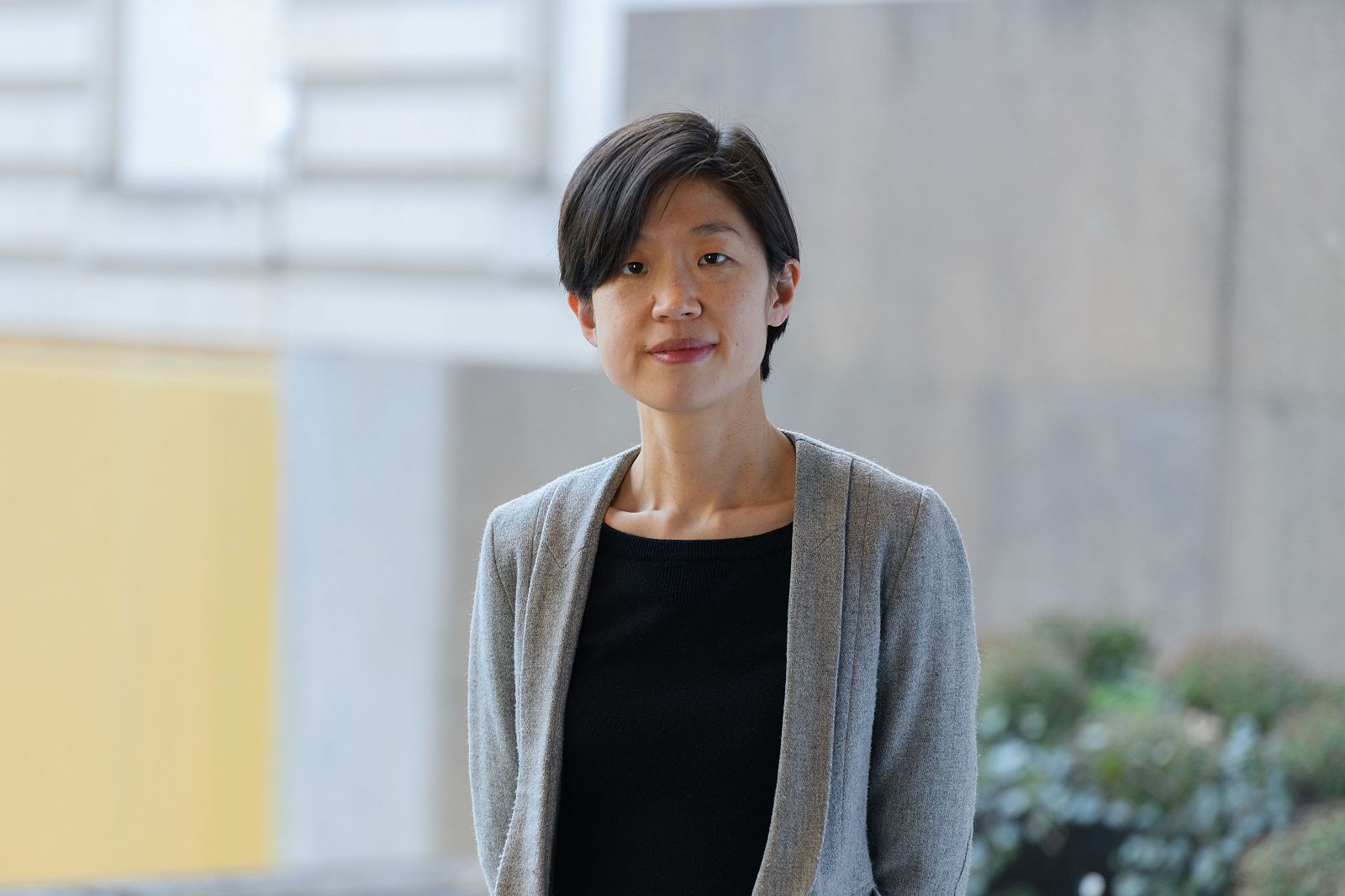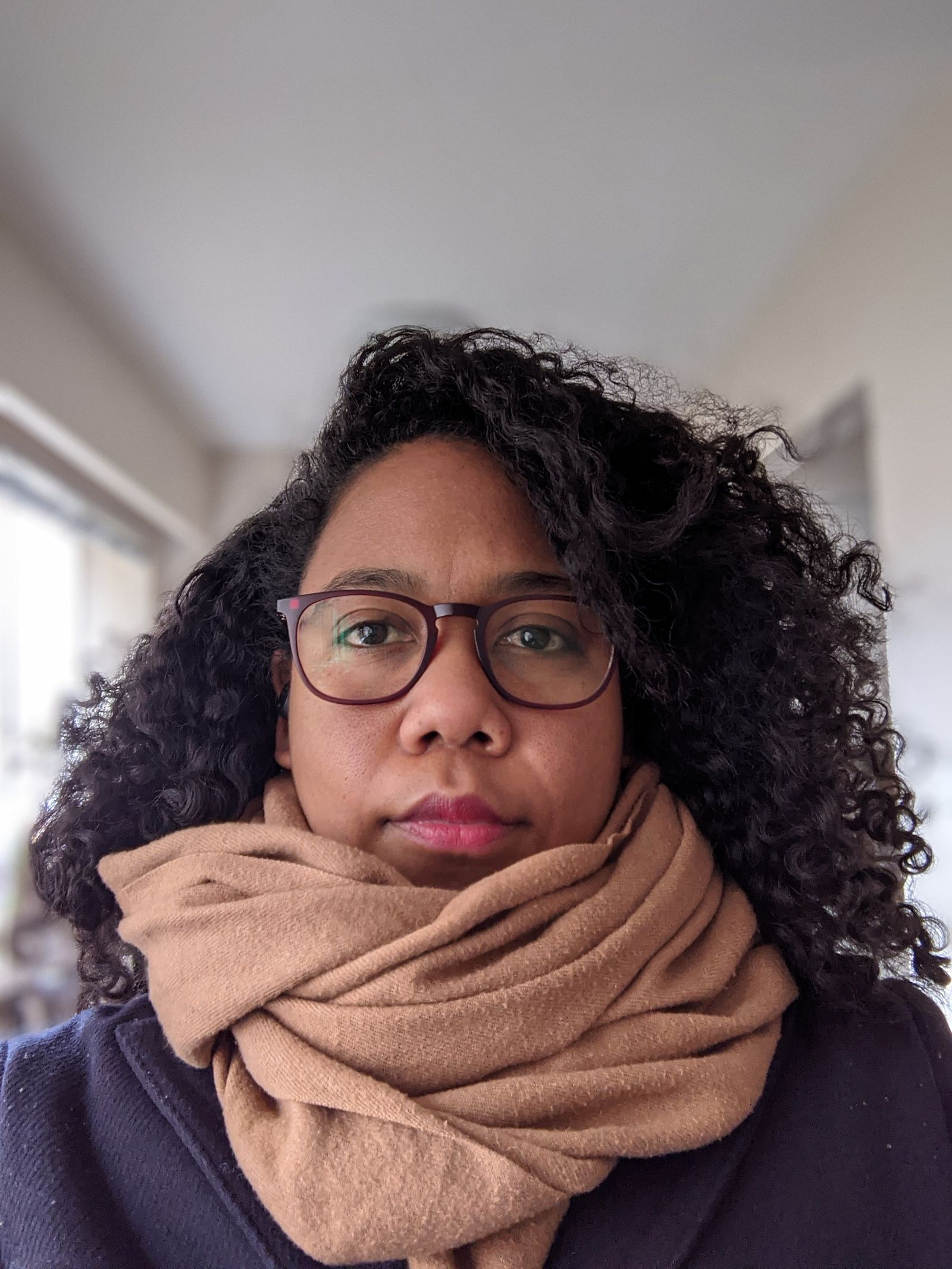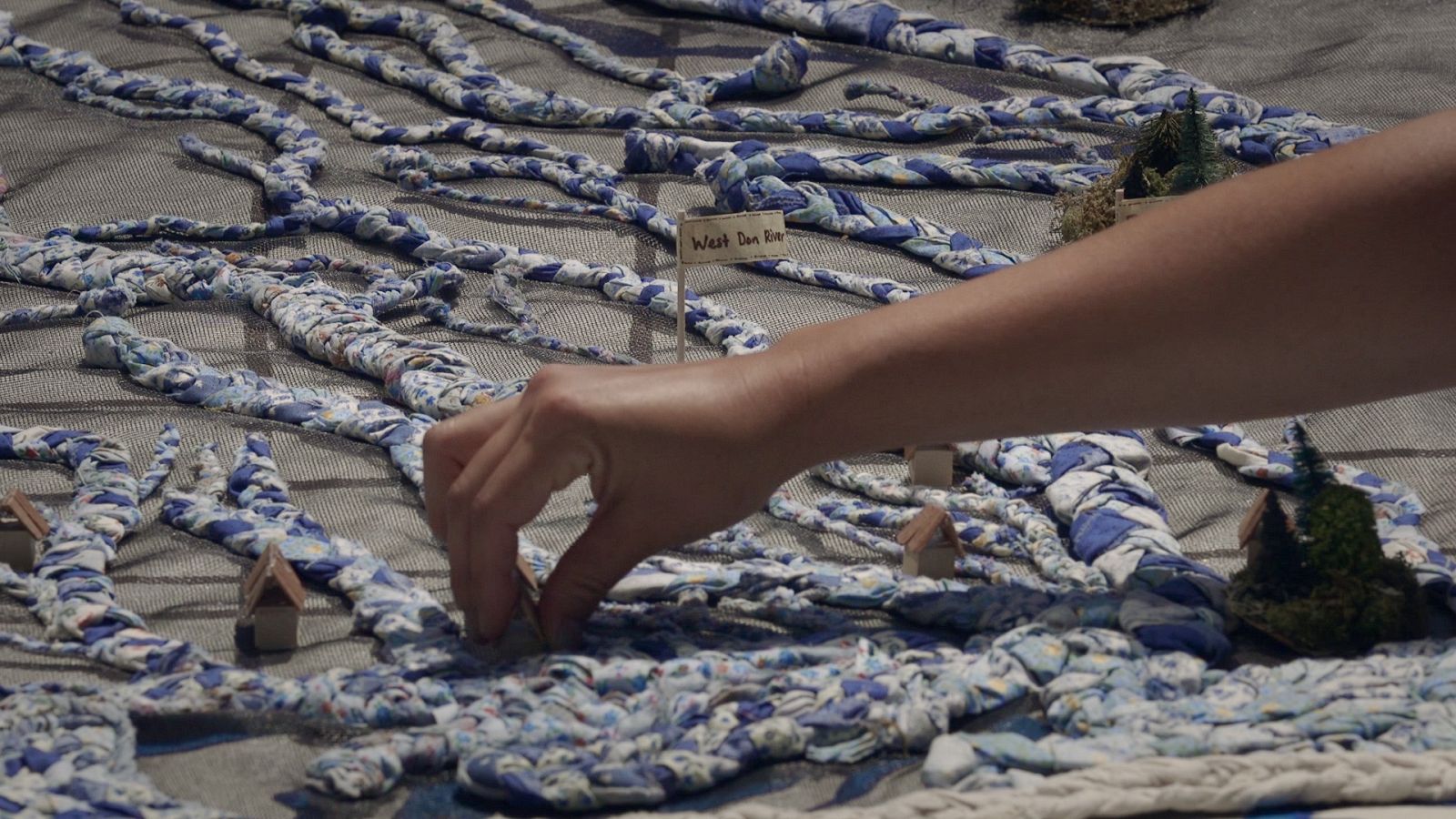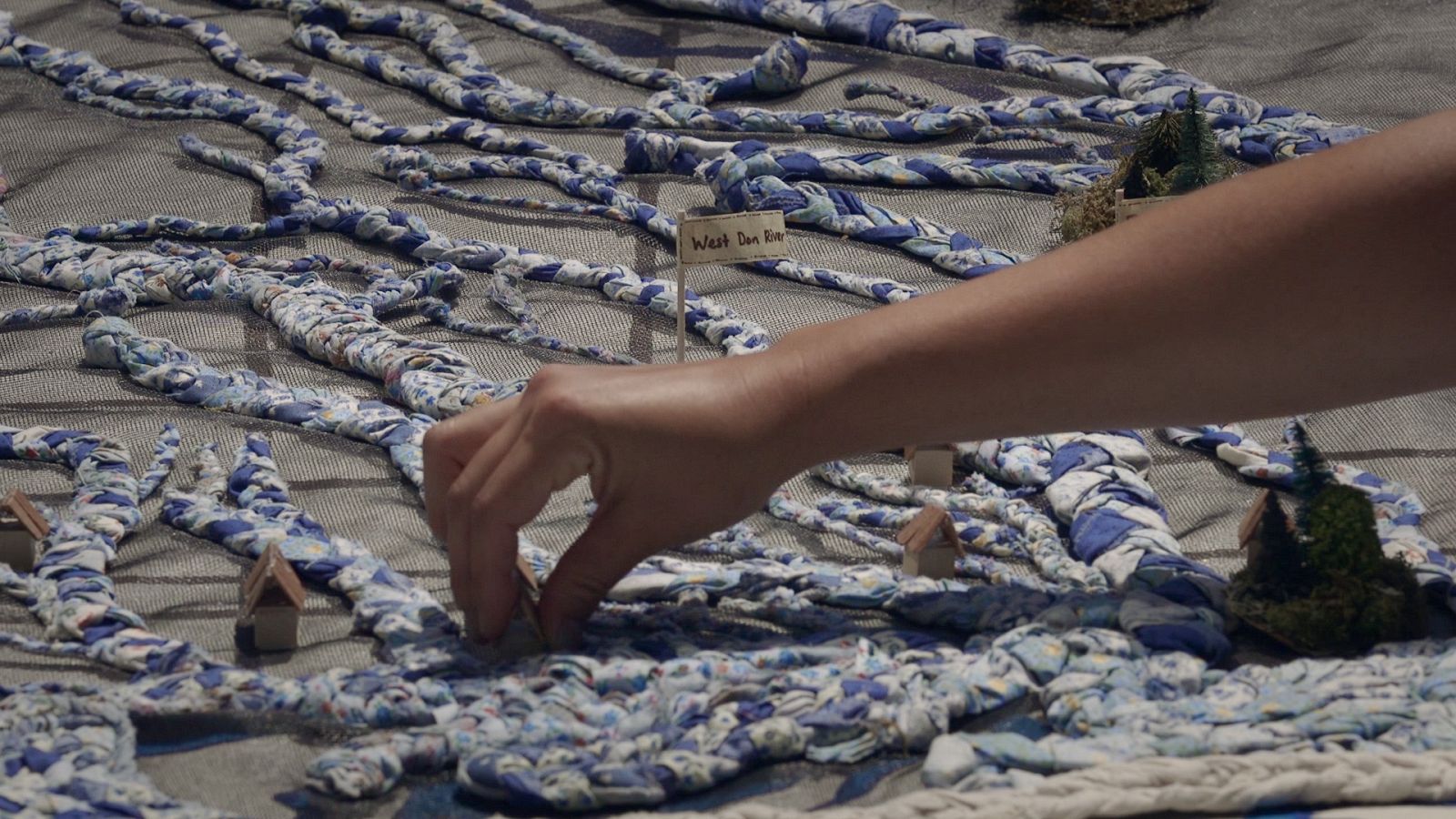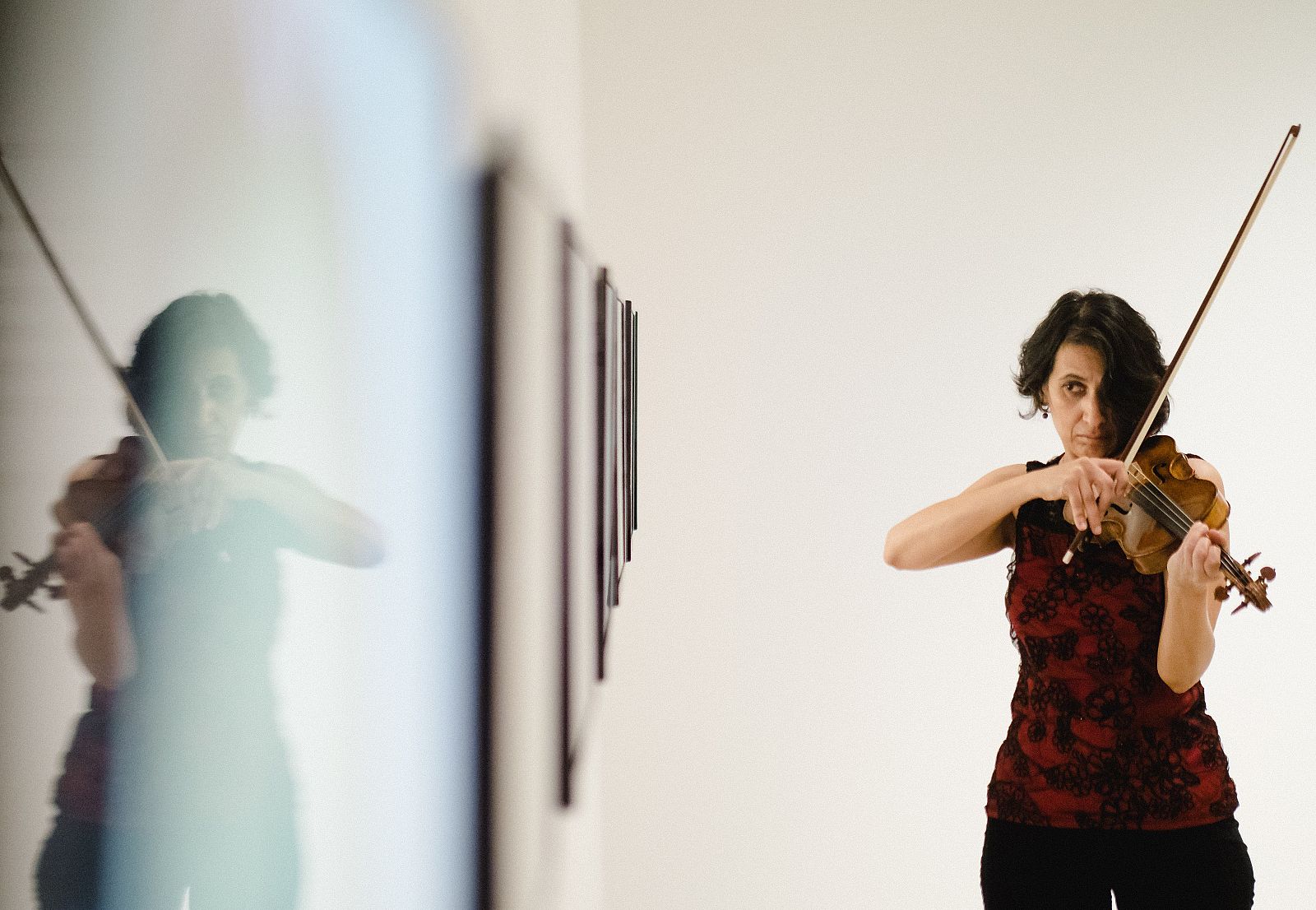Dear Jordan,
I must begin by thanking you for inviting me, along with Denise Ryner, to be a respondent for Towards Accountability: Art and Institutions on Indigenous Territories, a conversation series that you organized in Fall 2021 under the auspices of ICI’s Indigenous Curatorial Fellowship. I was both humbled and thrilled to be among brilliant thinkers and committed practitioners whose understanding of public art, curatorial practice, and art institutions are deeply informed by their lived experiences as Indigenous people. These three broad topics of conversation that you identified brought up related issues of visibility, community, and futurity—complex and intertwined concepts that evade fixed definitions yet hold great appeal and promise. I will recount parts of the exchange between Ange Loft and Kimberley Moulton, assinajaq and Lori Blondeau, and Emily Johnson and Jackson Polys that remain with me as guide posts in evaluating my position as a curator working within settler communities and institutions. I do so with hopes that it may be useful to hear their comments refracted through another person, adding a dimension and perspective that might be new to you.
The first conversation with Ange and Kimberley addressed the topic of public art on Indigenous land. Kimberley spoke about several public art projects that she had organized in Melbourne, Australia, including the First Peoples Melbourne Art Trams as part of Rising Festival. As part of the project, select trams in the city became literal vehicles for disseminating works by Indigenous artists in the region. Kimberley not only spoke about the importance of the presence and visibility of Indigneous art in public spaces, but she also shared the process of pairing graphic designers with artists to adapt their visual work for moving vehicles. In contrast, Ange spoke about storytelling, rather than installing art objects in public places, as a method of engaging with history. Reflecting on how public art operates, she posed a rhetorical question: once a statue is erected, does it ask its visitors to return? In other words, does a monument or memorial ironically facilitate forgetting? Ange instead looked to theater, her chosen artistic medium, to activate history. For instance, her multi-year collaborative project Talking Treaties, produced by Jumblies Theater, translates landmark agreements into performances and art events. I understood her larger practice of “monumental memory making” as an ongoing process that involves care, maintenance, and relationship building with Indigenous communities and their land. Where Kimberley reminded me of the important task of claiming space for and by Indigenous communities, Ange pushed me to consider the perpetual work of memory making and relationship building. Both, however, addressed the terms of engagement. Ange asked succinctly, “What makes a safe space for engagement?” It was also a call to those in attendance to make these safe spaces.
assinajaq and Lori similarly addressed the conditions and terms under which they work as curators and organizers within settler institutions. Both have maintained an art practice as well as a curatorial one, and they moved effortlessly between the two strands while speaking about their work. I saw that their curatorial work was born out of the necessity to create a context for the art that they and their Indigenous peers made in what may otherwise be a hostile environment. Lori shared her experience of co-founding TRIBE Inc. in 1995, and operating it without a fixed space and as a training ground for younger generations of Indigenous curators and artists. assinajaq spoke about the need to create Tilliraniit, a three-day festival celebrating Inuit art, as well as her experience of co-curating INUA, the inaugural exhibition at the Qaumajuq Inuit art center as part of Winnipeg Art Gallery. Both speakers explicitly identified for whom they make art and curate. assinajaq declared, “Curating is for the community.” When I asked her to address the practical and conceptual limits of community, assinajaq acknowledged that there is an expectation that a community has a single perspective. She elaborated that different layers of community are sometimes at odds and that individuals have to hold themselves accountable. Her interest, she said, is in creating spaces for people to have their own journey.
Jordan, in framing assinajaq and Lori’s conversation, you raised the notion of “sensibility.” You asked, “How has an Indigenous ‘sensibility’ (to borrow from Nêhiyaw artist/facilitator Elwood Jimmy) informed artistic and curatorial practices, and in turn, how have these practices shifted institutional behavior?” To sense is to understand—perhaps inchoately at first—from a lived experience. assinajaq and Lori shared their insights, gained from personally having felt the strictures of settler institutions and transforming those feelings into spaces for Indigenous art and culture.
The last conversation between Emily and Jackson addressed how contemporary art institutions today can move toward accountability with regard to their relationship with local Indigenous communities. Emily shared her “Decolonization Rider,” a document she developed in an effort to establish a clear set of agreements with the commissioning organization, such as adopting a practice of land acknowledgement and paying a land-use fee to the local Indigenous nation. She also openly talked about a deteriorated relationship with Peak Performances at Montclair State University while attempting to reach a contractual agreement. While Emily addressed the very real conflicts that burdened her work as an Indigenous artist and activist working with settler institutions, Jackson presented a theoretical proposition to reframe the concept of the “informant.” Discussing his work as part of New Red Order, “a public secret society” with core contributing members composed of himself and brothers Adam and Zack Khalil, Jackson explained how Indigenous artists working in settler institutions are expected to provide knowledge as informants, serving as consultants on protocols such as land acknowledgement. While New Red Order’s seemingly tongue-in-cheek recruitment video Never Settle: Calling In asks settlers to join in on advancing an Indigenous future, I found serious implications in Jackson’s statement that those who have inherited settler institutions can indeed become informants in the collective’s stated goal. An informant must traverse and transgress boundaries to work for and against multiple interests. The complexity of the informant’s role resonates with me as a curator who must represent the interests of both the institution and the living artists with whom I work. This work involves care, strategy, and ideals, without which there will be no future of meaningful connections.
Jordan, the title you aptly chose for the conversation series Towards Accountability suggests a growing movement in our field, fueled by a desire to coalesce divergent groups in an intersectional struggle to reimagine and even rebuild various institutions of art and culture. As much as there is a desire to imagine and work toward a different future, there are anxieties and fears of seismic shifts that must take place in order to bring about a truly equitable place. Perhaps that is why Jackson asked whether decolonization is a metaphor. There are undeniable and powerful forces at work (and desires too!) that retain and concentrate cultural authority in the same way settler colonial institutions have historically facilitated the concentration of wealth through extractive means. It seems to me then that recognizing our entanglement in these forces should be the beginning of our movement towards accountability. Each of us should ask ourselves: On whose land do I stand? On whose labor do I depend? With whose money am I paid? The answers will be messy and unsatisfying but grappling with these questions will have to be part of our movement so that we can also ask for what ideals and for whom do I work?
Omissions are too numerous and summaries are highly subjective and inadequate in this letter. Yet, I hope that the letter helped recall the wisdom of the speakers and respondents and that parts of it resonated with you, Jordan. It was an honor to have been a small part of these important conversations. I sign this letter with anticipation of the collective work ahead in striving for an Indigenous future.
Yours most sincerely,
Liz Park
